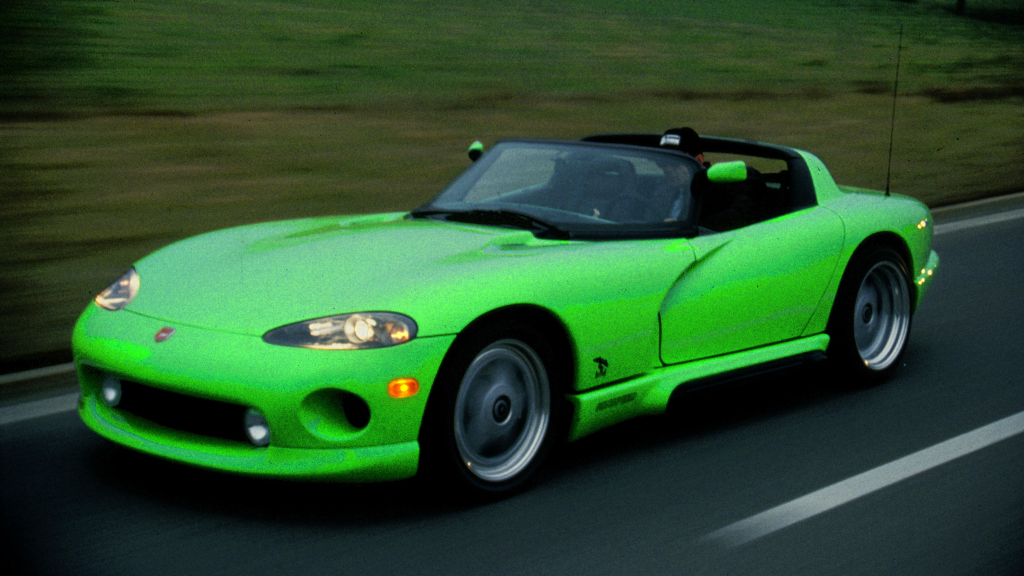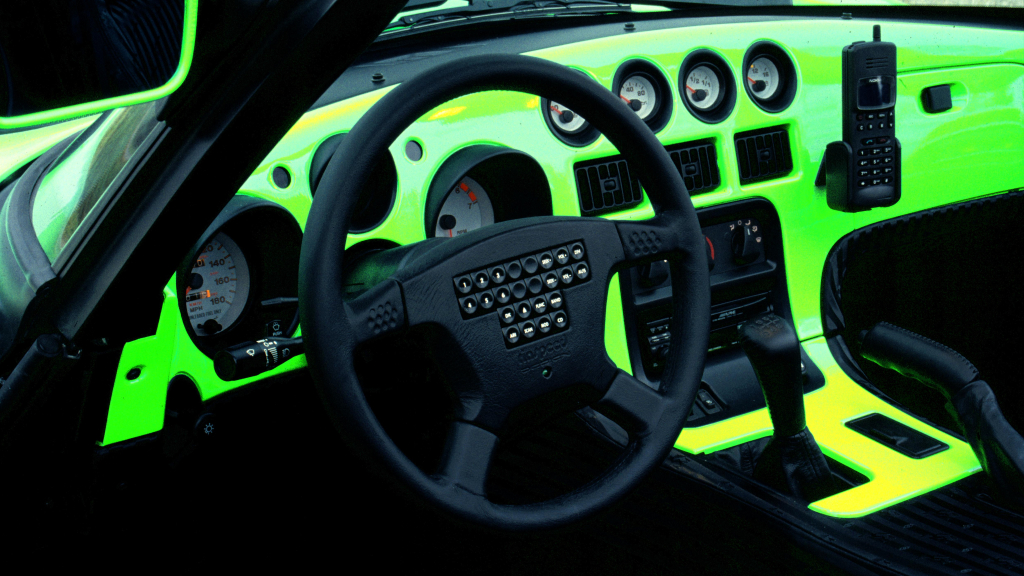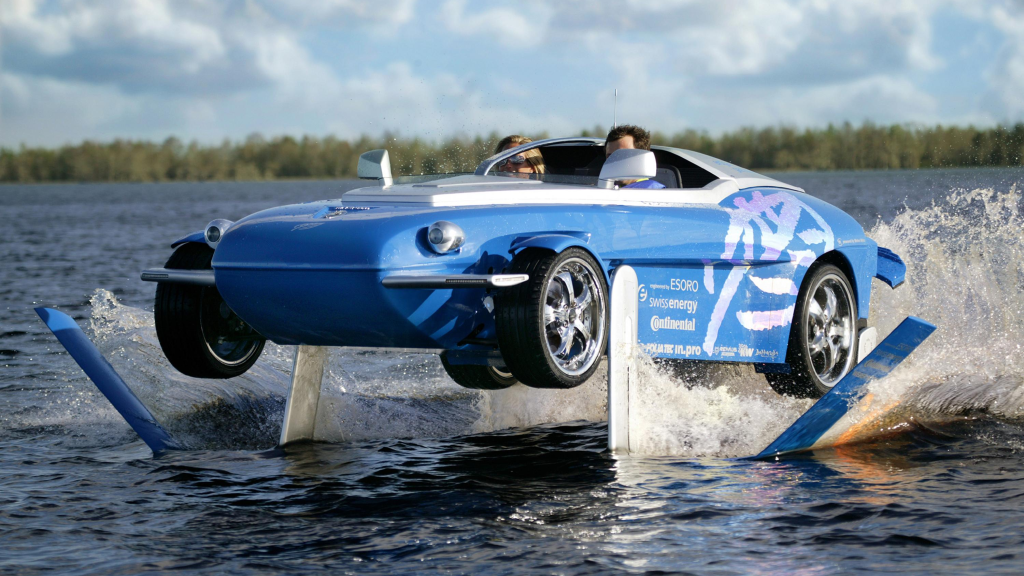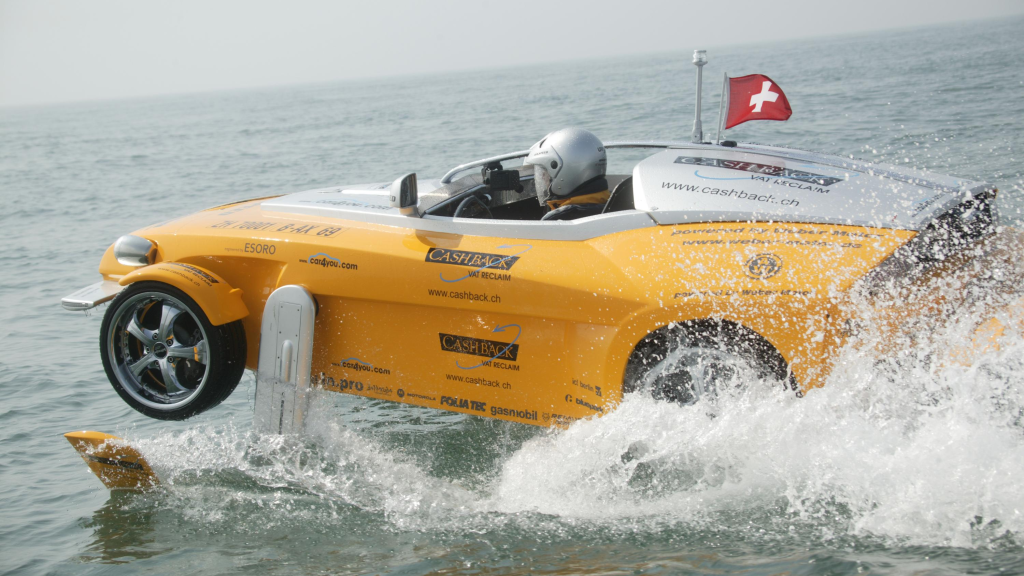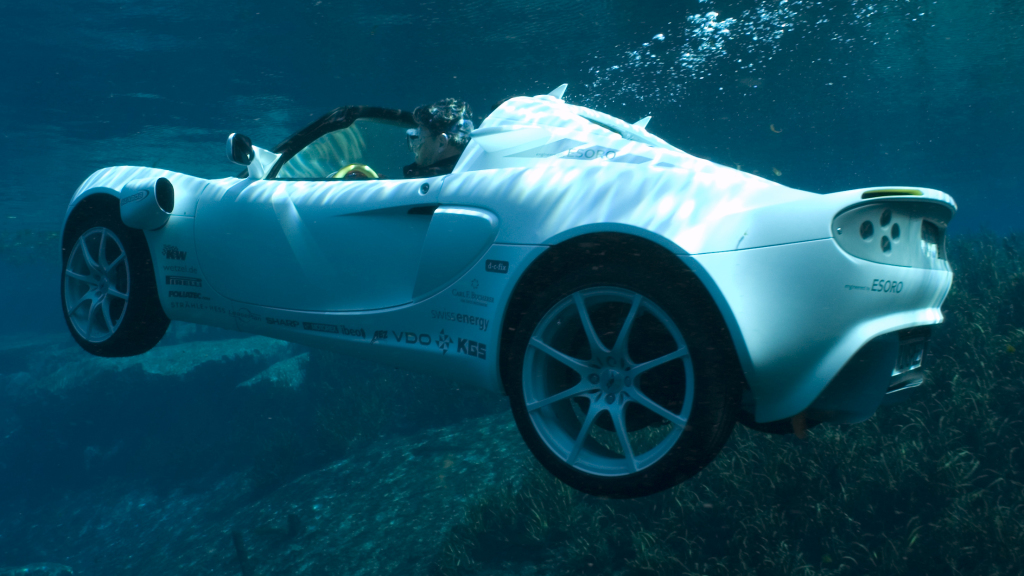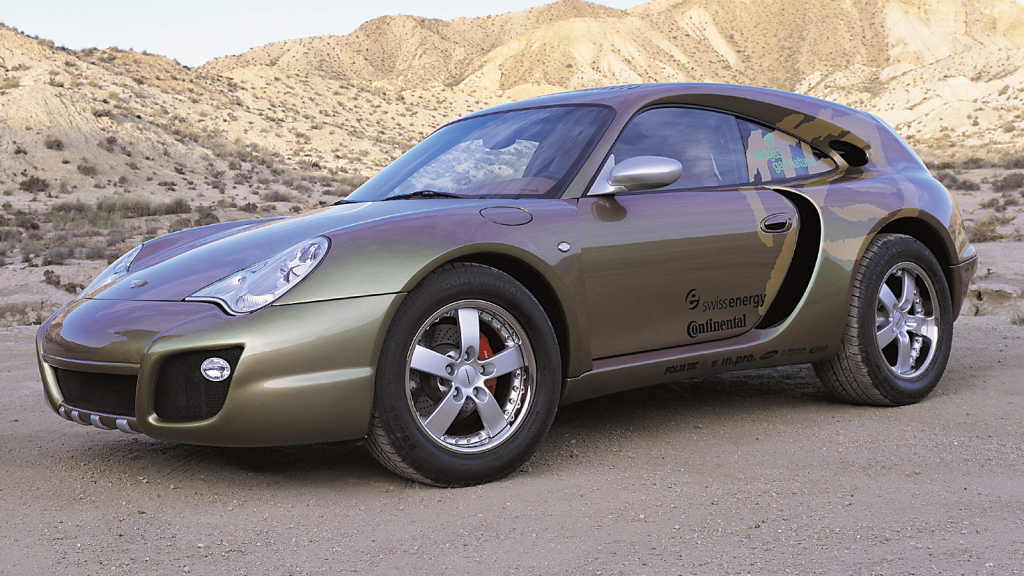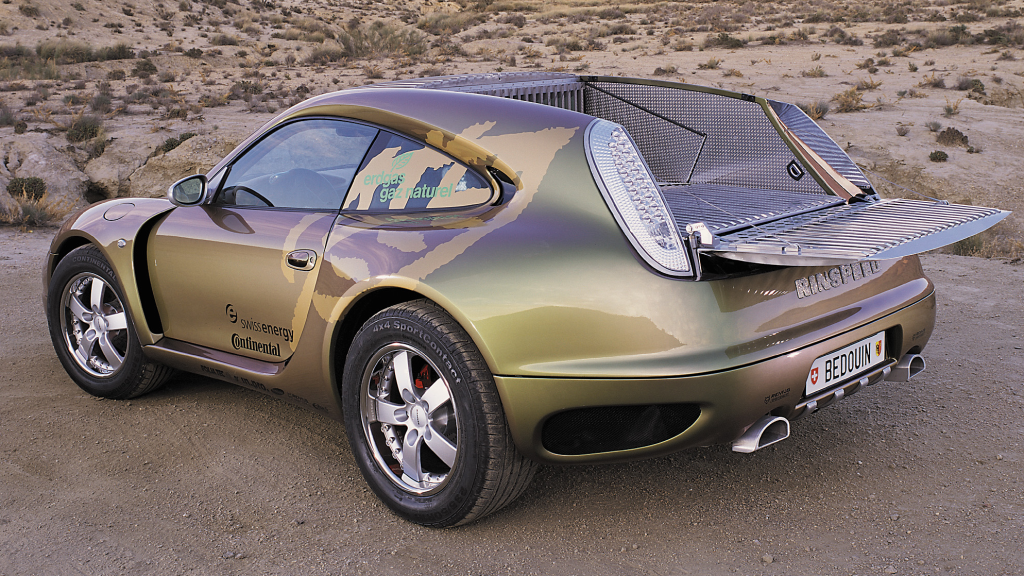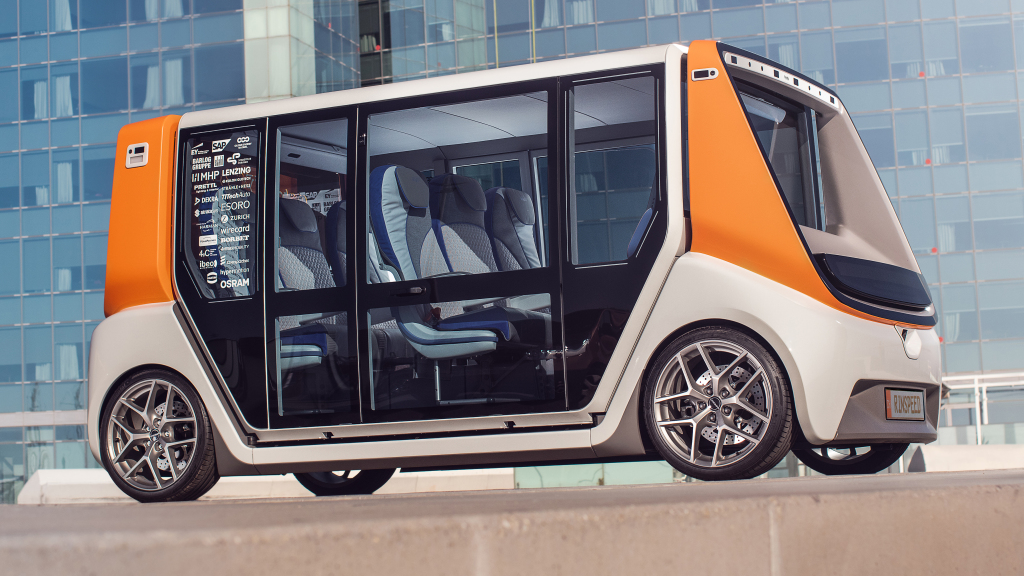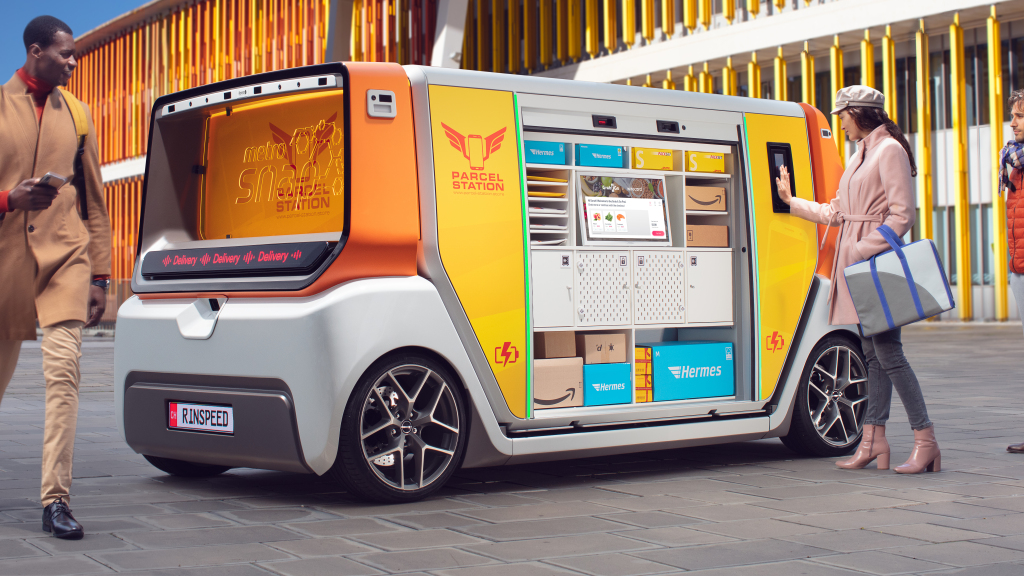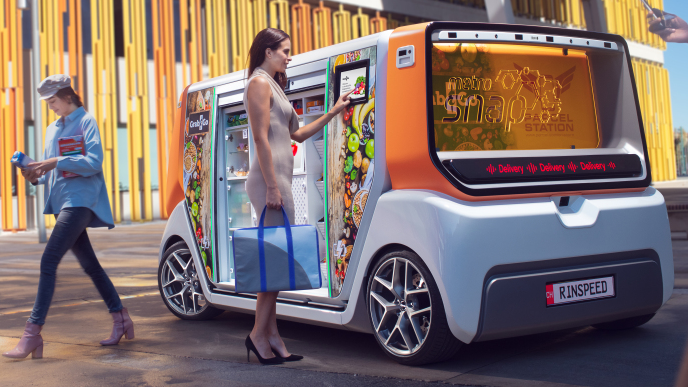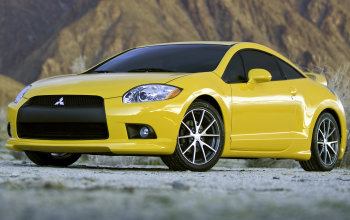
A Different Approach to Concepts
We all love concept cars. They are the manifestation of the vision and the forward thinking of a car brand, their predictions of what’s about to be real in the future. Some concepts might look plausible whereas some might look out of the Planet Zurg, simply incomprehensible, at least for its time. However, there is one particular brand out there that has a different approach to concepts. Even though they are known for their modifications on production cars from Porsche, Subaru and Panoz and many others, they aren’t exactly a full fledged car company, they have no production models of their own. What they are, in essence, is a group of visionaries that push their creativity boundaries to the edge in each of their creation, they are Rinspeed. Let’s get to know this Swiss brand that has created mindblowing concepts.
First Step on the Concepts, the SpeedArt

Rinspeed is a Swiss mobility visionary and concept car builder founded in 1979 by Frank M. Rinderknecht when he was 24. Initially, the company used to tune production cars such as the Porsche 928 which was simply named ”R29”, a 944 Turbo, which was named ”R49” and a 2007 Porsche Cayman, which was named ”Imola”. It wasn’t until 1991 that Rinspeed started working on concept cars that are based on their vision of the future of motoring. Their first ever concept was called ”Speed-Art” which was based on a 1992 Nissan 300ZX Twin Turbo with a funky art on the car that consists of 420 horses painted on it, reflecting the amount of horsepower the modified car has, which is 137 HP more than a standard 300ZX. The car was also heavily tuned, ”up to par with racing standards” according to Rinspeed themselves, which seems right thanks to modified running gear and steering.
An Even Madder Viper, The Veleno
Another modified 90’s concept worth mentioning is the Veleno. The Veleno is essentially a Dodge Viper RT/10 but the mad minds in Rinspeed gave it a radioactive viper green colour that stands out from all other Vipers, modified bodywork, positioned the rear view mirrors in the most unusual position possible and the standard iconic rims were replaced with three-piece ’18 O.Z rims. The interior is adorned with buttons… a lot of them. It was equipped with Nokia telephones, essential luxury piece of its time, and an Alpine CD player. But the most impressive prospect of the Veleno is the fact that Rinspeed equipped the old-school V10 with a nitrous-oxide (N₂O) system which drastically improved the power output from 400 HP to 550 HP, and the torque figures rose up to 820nm. With Veleno, Rinspeed demonstrated how serious they can be when it comes to modifying and pushing the boundaries of what’s known. However, in the early 2000’s, Rinspeed’s creations went, for the lack of a better word, quite mental, but awesome. If you liked the last two concepts, well dear reader, buckle up, because it’s about to get more and more interesting from now on.
Rinspeed Splash
The Rinspeed Splash was the first amphibious experimental car concept by Rinspeed that was unveiled in 2004 Geneva Motor Show. The Splash featured a world’s first on a car, a hydrofoil design which made it possible to accelerate up to 45 knots on water, which is approximately 200 km/h on land. It was powered by a 750cc two cylinder turbocharged engine lifted from a snowmobile and powered by natural gas which produces 140 HP @7000 rpm and accelerates from 0 to 60 n in just 5.9 seconds, faster than most sports cars of its time, which is a massive achievement for an amphibious car. Thanks to its lightweight materials, the whole car weighs just 825kg, which drastically improves the stability on the water as well. The Splash made such a stir on the motoring world that it was featured in one episode of Top Gear back in 2006, reviewed by Richard Hammond, calling it ”the maddest car in the world” when it came out. Well, Hamster, if you think that’s crazy, you’ve no idea what’s next on our journey.
Rinspeed sQuba
Enough riding on the water, it’s time to dive underwater. The sQuba is a successor to the Splash, unveiled in 2008. The 54 kW electric-powered sQuba pushed the limits of an amphibious car yet again as it was able to drive underwater and travels like a submarine would, rather than being driven on the seabed. It was powered by two electric-powered propellers by Seabob. The top speed of the sQuba on land is 120 km/h (75 mph), 6 km/h on the water surface, and 3 km/h underwater. The equipped propellers provide the forward movement, and the twin water jets aid the steering underwater. The sQuba features a water and saltproof interior materials and two scuba style diving regulators that the occupants use to breathe while driving underwater. The car surfaces itself when it senses no occupants inside the car, and it’s also equipped with laser sensor system by Ibeo, which makes the sQuba able to perform autonomously. The idea for the car was by the CEO Frank M. Rinderknecht, who was inspired by the 1977 Lotus Esprit James Bond car featured in The Spy Who Loved Me. Despite the bodywork of the car being lifted from a Lotus Elise, the actual chassis is based on a Lotus Esprit, and costed Rinspeed $1.5 million to build. There were recent rumors of the brand actually producing the sQuba, but no official statement has been made so far, so, the deep diving Lotus is a left in the book of the forgotten concepts.
Rinspeed Bedouin
The Bedouin was unveiled in 2003, and one of the most well-known Rinspeed concept cars to date. Named after the nomadic Arab tribes, the Bedouin is based on a Porsche 996.2 Carrera 4 but with a bodywork made from scratch by Rinspeed. This weird concept could be converted to a two-seater pickup truck or a 4-seater shooting-brake style offroader that sits 15cm higher than an ordinary Carrera thanks to its adjustable Eibach suspension and it was equipped with chunky yet comfortable all surface Continental SportContact 4×4-tires. The whole car was built with ”Pre-Preg” composite, claimed to be rarely used by any automotive company by Rinspeed. Some interior parts like the gear lever is painted with a shiny crystal paint and the top of the steering wheel is cut, giving the interior a distinct look as well. The Bedouin is powered by a Porsche derived four-valve engine producing 420 HP @6000 RPM and 560 nm of torque @2700 RPM. It weighs just 1640kg thanks to its composite material and the combination of the power and light weight allows this off-roading monster accelerate from 0 to 60 in just 5.9 seconds. The big engine roars better thanks to the Remus all aluminium exhausts. Besides all the specs, the Bedouin just looks downright weird and awesome, and helped Rinspeed to gain even more reputation in the business.
Rinspeed Σtos
Now let’s warp forward in time a little bit and take a look at Rinspeed’s more contemporary concept cars. The Etos was named after the greek word ”Ethos” meaning ”ethics”, and it was unveiled in 2016. It was based on a BMW i8, albeit looking radically different. To be honest, it looks really tame and conventional compared to their other concepts like the Oasis and the MetroSnap concept I’ll talk about at the end of this article. The Etos is completely different from all the concept cars made by Rinspeed before the Etos, because this concept laid down the foundations for the autonomous driving cars which continued to be a vital element in Rinspeed’s next concepts. It’s also the first car in the world that features an external drone that aids the autonomous driving technology. Therefore, in this article, we’ll focus on the autonomous technology and the drone system of the Etos rather than it’s performance specs.
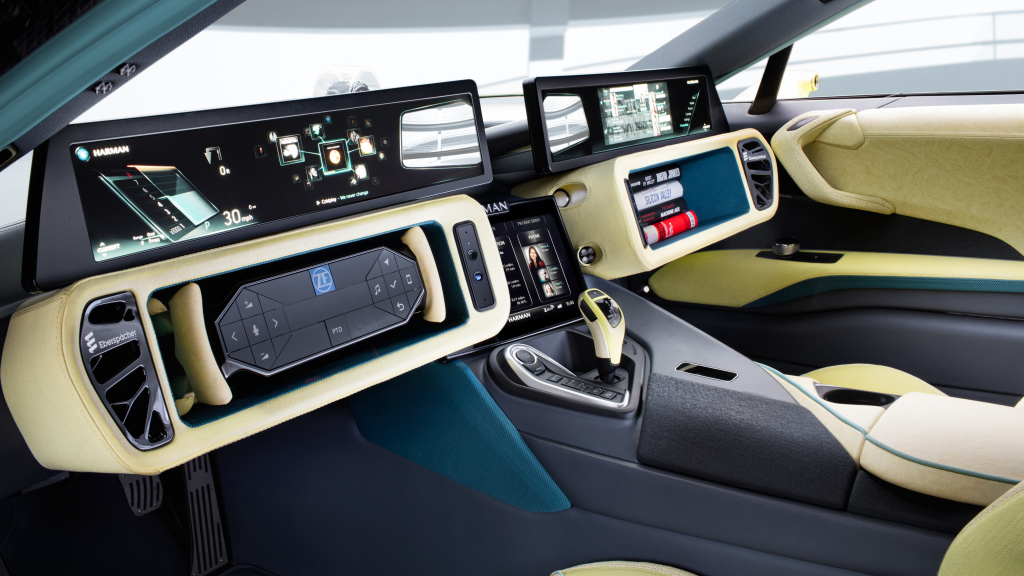
An autonomous car concept has been in the mind of the CEO Frank M. Rinderknecht since the introduction of the idea long ago. The sQuba concept car also featured a similar system, albeit a very dated and simple one. With the Etos, Rinspeed sought to revolutionize motoring with their own autonomous driving system. As seen above, the interior is filled with screens with controllers and an F1-style steering wheel by ZF TRW retracts while driving autonomously to give the driver further space. Actually, I’m not sure if we can call them drivers from now on, but the steering wheel can be pulled back by the driver to take manual control again, so yes, they can still be drivers, phew.
The interior features an infotainment system that responds to the drivers’ commands and gestures. It’s also equipped with eight HD cameras that cover the entire car, working as external mirrors for the driver. This clever system also directs the driver to a recently vacated parking space in car parks and displays realistic 3D images of buildings, trees and other objects through the screen. Honestly, the Etos is crammed with so many gizmos that it would take me much, much longer to explain, so let’s talk about the drone briefly. The rear of the car is essentially a landing pad for the drone, and according to Rinspeed, the drone can do almost anything the driver asks it to do, such as buying ”a bouquet of flowers” which sounds like a gimmick but knowing Rinspeed, I wouldn’t say it’s a ruse. The drone would be useful realistically to check out the traffic ahead with its cameras and predict the next route the driver, or the car system wants to take. Our keen readers will remember that the drone technology isn’t a new thing anymore, the Polestar’s 2020 Precept concept car also featured a drone, but Rinspeed was the first ever to establish it back in 2016, so it’s still pretty impressive.
Rinspeed MetroSnap
Let’s conclude our adventures with Rinspeed with their maddest and weirdest concept so far, the MetroSnap, unveiled in 2020. This weird, ”pod” looking concept is essentially an autonomous multi-purpose vehicle and a revolution in modular mobility systems. Inspired by the world of aviation, the Metrosnap features three different ”bodies” that serve three different purposes, the first body features six seating for passengers, the second body features a cargo delivery system and the third body is essentially a mobile grocery store. Rinspeed claims that this would eliminate the limited service hours of the three services the bodies are designed to make. The batteries are fitted into the body of the vehicle, thus, it does not need to be parked while charging, as the ”pod” bodies feature their own batteries that immediately recharge the vehicle, like a pitstop, called ”Hot Swap” by the Swiss masterminds behind the creation but to be honest, that sounds kind of funny.
Concepts like MetroSnap certainly bend some minds, especially old-school motoring enthusiasts like me, but such creative ideas have to be respected, because Metrosnap demonstrates what forward thinking is all about. However, whether you’d prefer to think forward or not is up to you in the end. Thank you for reading our article and I’ll see you on the next one.


